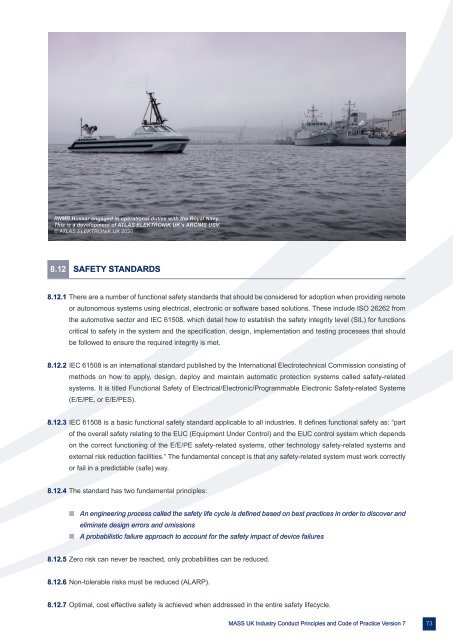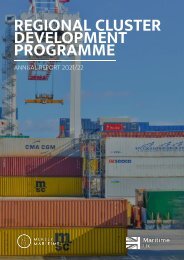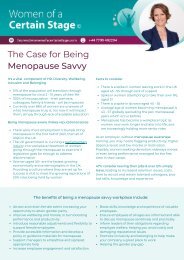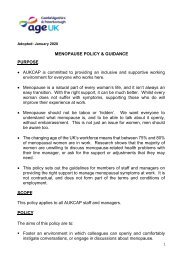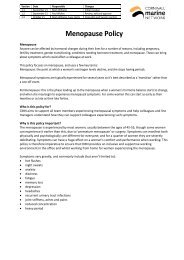COP_2023_V7_pages
You also want an ePaper? Increase the reach of your titles
YUMPU automatically turns print PDFs into web optimized ePapers that Google loves.
RNMB Hussar engaged in operational duties with the Royal Navy.<br />
This is a development of ATLAS ELEKTRONIK UK’s ARCIMS USV.<br />
© ATLAS ELEKTRONIK UK 2020<br />
8.12 SAFETY STANDARDS<br />
8.12.1 There are a number of functional safety standards that should be considered for adoption when providing remote<br />
or autonomous systems using electrical, electronic or software based solutions. These include ISO 26262 from<br />
the automotive sector and IEC 61508, which detail how to establish the safety integrity level (SIL) for functions<br />
critical to safety in the system and the specification, design, implementation and testing processes that should<br />
be followed to ensure the required integrity is met.<br />
8.12.2 IEC 61508 is an international standard published by the International Electrotechnical Commission consisting of<br />
methods on how to apply, design, deploy and maintain automatic protection systems called safety-related<br />
systems. It is titled Functional Safety of Electrical/Electronic/Programmable Electronic Safety-related Systems<br />
(E/E/PE, or E/E/PES).<br />
8.12.3 IEC 61508 is a basic functional safety standard applicable to all industries. It defines functional safety as: “part<br />
of the overall safety relating to the EUC (Equipment Under Control) and the EUC control system which depends<br />
on the correct functioning of the E/E/PE safety-related systems, other technology safety-related systems and<br />
external risk reduction facilities.” The fundamental concept is that any safety-related system must work correctly<br />
or fail in a predictable (safe) way.<br />
8.12.4 The standard has two fundamental principles:<br />
n An engineering process called the safety life cycle is defined based on best practices in order to discover and<br />
eliminate design errors and omissions<br />
n A probabilistic failure approach to account for the safety impact of device failures<br />
8.12.5 Zero risk can never be reached, only probabilities can be reduced.<br />
8.12.6 Non-tolerable risks must be reduced (ALARP).<br />
8.12.7 Optimal, cost effective safety is achieved when addressed in the entire safety lifecycle.<br />
MASS UK Industry Conduct Principles and Code of Practice Version 7 73


